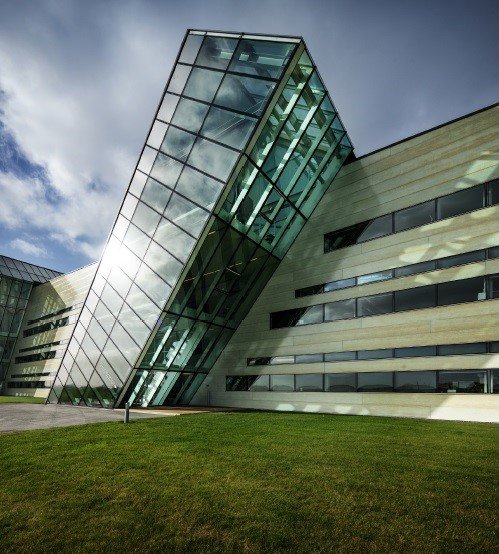Universitetsavisen
Nørregade 10
1165 København K
Tlf: 21 17 95 65 (man-fre kl. 9-15)
E-mail: uni-avis@adm.ku.dk
PhD thesis defense
PhD thesis defense — Ditte Håkonsson Lyngemark 27 FEB at IGN
Date & Time:
Place:
Aud B, Department of Geosciences and Natural Resource Management, Øster Voldgade 10, 1350 Copenhagen K
Hosted by:
Geography Section
Cost:
Free
Ditte Håkonsson Lyngemark defends her thesis,
FIRMS, LABOUR AND REGIONS – Spatial variation and locational dynamics
Supervisor:
Associate Professor Høgni Kalsø Hansen, IGN
Assessment committee:
Professor Rikard Eriksson, Umeå University – Sweden
Associate Professor Josephine Rekers, Lund University – Sweden
Professor Lars Winther (chair), IGN
Abstract:
This thesis examines the influence of firms’ location patterns on regional industry and labour structures in Denmark. The thesis consists of four papers, focusing on different aspects of firm location and labour geography. All four papers are concerned with uneven development , but the scope of each paper reflects different analytical and spatial perspectives.
The thesis focuses on firms, labour and regions, themes addressed in the introduction. The evolutionary approach to economic geography, which is the foundation for understanding and interpreting regional development in this thesis, sees the current distribution of economic activity in a given region as an outcome of path-dependent, historical processes and of institutional structures. This can be linked to firms and labour, while economic development is formed by the existing practices and competences of firms and labour in a region. These agents shape the ability of a region to develop new activities and innovations, which is crucial for it to become conpetitive and prosper economically.
The thesis studies how firms’ location patterns influence regional industry and labour structures. The thesis does this by studying questions concerning i) migration dynamics after a workplace closure, ii) how the location and occupational composition of workplaces within firms have changed , iii) how the characteristics of specific micro-locations attract foreign and domestic firms differently, and iv) how geographical proximity to sources of foreign direct investment influences the productivity of domestic firms.
Due to the variations in analytical scope and focus, it is harder to derive a single main conclusion from the four papers . However, the general implications of the research are that both firms and labour are key agents in regional economic development. Furthermore, it is important to analyse the spatial variation and locational dynamics of firms, labour and industrial structures when examining regional development trajectories.
The thesis is available for inspection at the PhD administration office at Rolighedsvej 23, Frederiksberg
